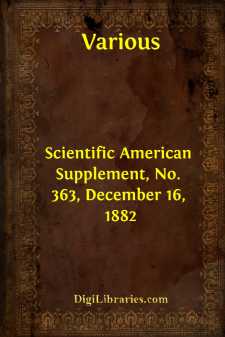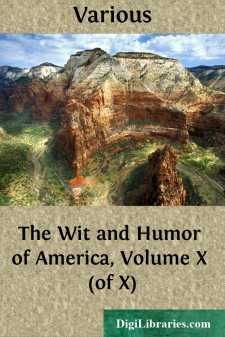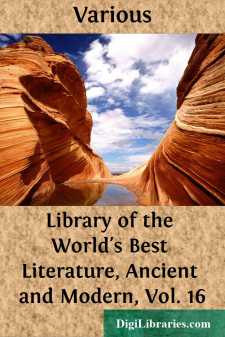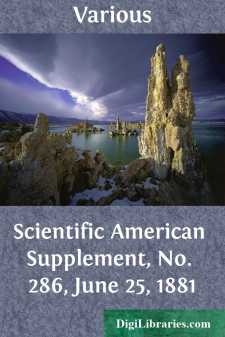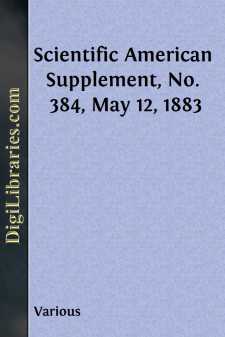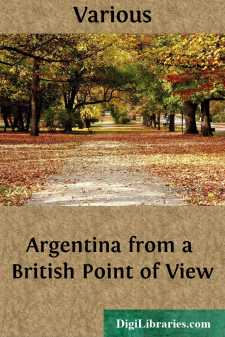Categories
- Antiques & Collectibles 13
- Architecture 36
- Art 48
- Bibles 22
- Biography & Autobiography 813
- Body, Mind & Spirit 141
- Business & Economics 28
- Children's Books 12
- Children's Fiction 9
- Computers 4
- Cooking 94
- Crafts & Hobbies 4
- Drama 346
- Education 46
- Family & Relationships 57
- Fiction 11826
- Games 19
- Gardening 17
- Health & Fitness 34
- History 1377
- House & Home 1
- Humor 147
- Juvenile Fiction 1873
- Juvenile Nonfiction 202
- Language Arts & Disciplines 88
- Law 16
- Literary Collections 686
- Literary Criticism 179
- Mathematics 13
- Medical 41
- Music 40
- Nature 179
- Non-Classifiable 1768
- Performing Arts 7
- Periodicals 1453
- Philosophy 64
- Photography 2
- Poetry 896
- Political Science 203
- Psychology 42
- Reference 154
- Religion 513
- Science 126
- Self-Help 83
- Social Science 81
- Sports & Recreation 34
- Study Aids 3
- Technology & Engineering 59
- Transportation 23
- Travel 463
- True Crime 29
Encyclopaedia Britannica, 11th Edition, Volume 3, Slice 6 "Bent, James" to "Bibirine"
by: Various
Categories:
Description:
Excerpt
BENT, JAMES THEODORE (1852-1897), English traveller, was the son of James Bent of Baildon House, near Leeds, Yorkshire, where he was born on the 30th of March 1852. He was educated at Repton school and Wadham College, Oxford, where he graduated in 1875. In 1877 he married Mabel, daughter of R.W. Hall-Dare of Newtownbarry, Co. Wexford, and she became his companion in all his travels. He went abroad every year and became thoroughly acquainted with Italy and Greece. In 1879 he published a book on the republic of San Marino, entitled A Freak of Freedom, and was made a citizen of San Marino; in the following year appeared Genoa: How the Republic Rose and Fell, and in 1881 a Life of Giuseppe Garibaldi. He spent considerable time in the Aegean archipelago, of which he wrote in The Cyclades: or Life among the Insular Greeks (1885). From this period Bent devoted himself particularly to archaeological research. The years 1885-1888 were given up to investigations in Asia Minor, his discoveries and conclusions being communicated to the Journal of Hellenic Studies and other magazines and reviews. In 1889 he undertook excavations in the Bahrein Islands of the Persian Gulf, and found evidence that they had been a primitive home of the Phoenician race. After an expedition in 1890 to Cilicia Trachea, where he obtained a valuable collection of inscriptions, Bent spent a year in South Africa, with the object, by investigation of some of the ruins in Mashonaland, of throwing light on the vexed question of their origin and on the early history of East Africa. He made the first detailed examination of the Great Zimbabwe. Bent described his work in The Ruined Cities of Mashonaland (1892). In 1893 he investigated the ruins of Axum and other places in the north of Abyssinia, partially made known before by the researches of Henry Salt and others, and The Sacred City of the Ethiopians (1893) gave an account of this expedition. Bent now visited at considerable risk the almost unknown Hadramut country (1893-1894), and during this and later journeys in southern Arabia he studied the ancient history of the country, its physical features and actual condition. On the Dhafar coast in 1894-1895 he visited ruins which he identified with the Abyssapolis of the frankincense merchants. In 1895-1896 he examined part of the African coast of the Red Sea, finding there the ruins of a very ancient gold-mine and traces of what he considered Sabean influence. While on another journey in South Arabia (1896-1897), Bent was seized with malarial fever, and died in London on the 5th of May 1897, a few days after his return. Mrs Bent, who had contributed by her skill as a photographer and in other ways to the success of her husbandâs journeys, published in 1900 Southern Arabia, Soudan and Sakotra, in which were given the results of their last expedition into that region. The conclusions at which Bent arrived as to the Semitic origin of the ruins in Mashonaland have not been accepted by archaeologists, but the value of his pioneer work is undeniable (see
)....


